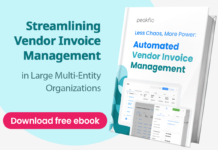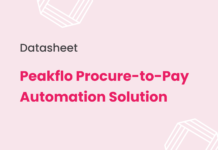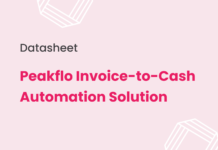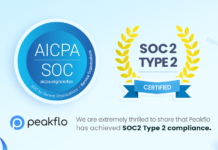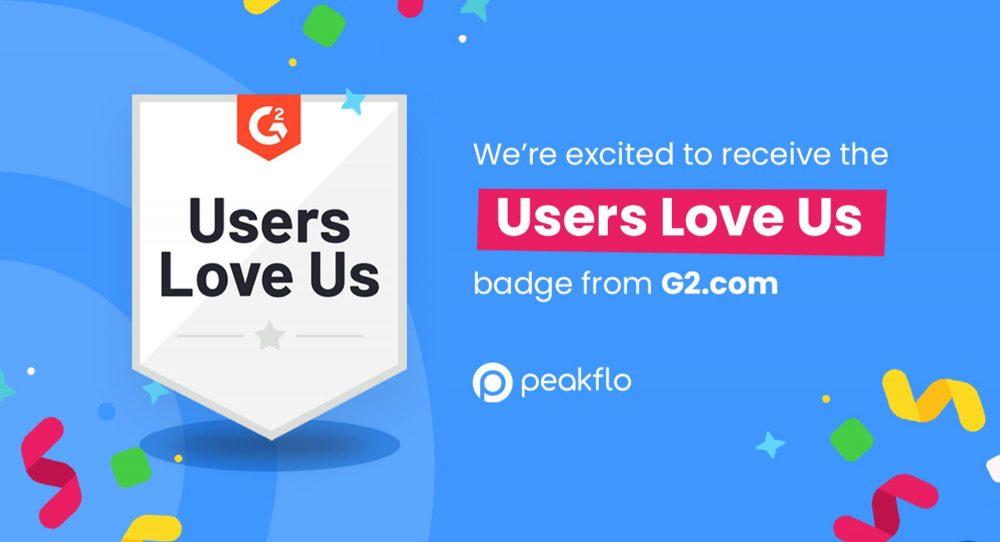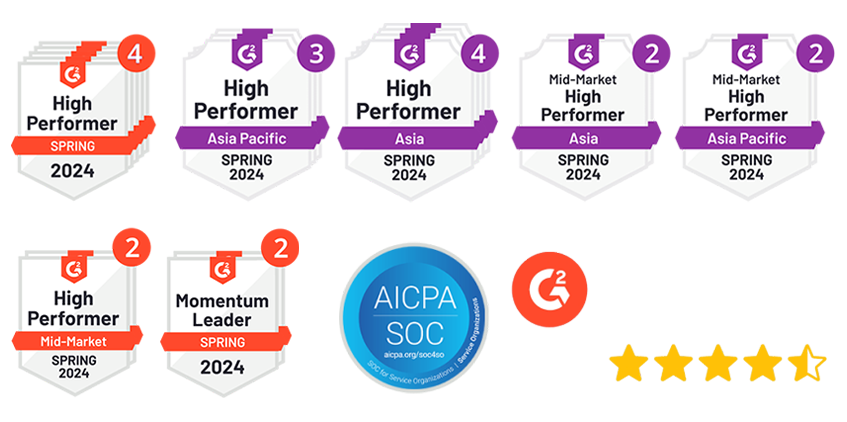In the insurance industry, operational speed is critical — especially during claims surges when insurance vendor onboarding determines how quickly surveyors, towing companies, repair services, and hospital networks can step into the response chain.
But fast-moving vendor onboarding often clashes with the need for airtight compliance. NDAs, KYC documents, bank details, policy mappings — all must be collected, verified, and tracked before a single payout can be processed.
Why Traditional Vendor Onboarding Fails in Insurance
Unfortunately, most insurers still manage vendor onboarding via email threads, spreadsheets, and scattered document drives — opening the door to delays, errors, and compliance risk.
If you’re an insurance CFO, finance controller, or procurement lead, it’s time to rethink your onboarding strategy.
Let’s break down the common pitfalls:
- Scattered Data Submission: Vendors send documents over WhatsApp, email, or hand-delivered printouts — with no standard format or centralized repository.
- Missing Documentation: Finance or compliance teams often chase vendors for signed NDAs, KYC proofs, or tax details weeks after onboarding.
- No Version Control: Teams lose track of updated contracts or renewed licenses, leading to non-compliant payouts.
- Delayed Claim Fulfillment: Vendors can’t start work until they’re fully onboarded — delaying everything from inspections to payouts.
- Lack of Transparency: No clear visibility into onboarding status or missing compliance steps — leading to bottlenecks at month-end or audit season.
In fact, using a structured Vendor Onboarding Checklist Template can help insurers standardize requirements and avoid these pitfalls.
The Hidden Costs of Manual Vendor Onboarding in Insurance
Slow onboarding doesn’t just frustrate vendors — it directly impacts the insurer’s bottom line. Some overlooked costs include:
- Higher Claims Cycle Time: Every day lost in vendor onboarding delays claim settlement and frustrates policyholders.
- Increased Admin Workload: Finance and procurement teams spend hours chasing missing documents, approvals, and updates.
- Compliance Penalties: Non-compliant payouts or missing KYC/AML checks can expose insurers to hefty regulatory fines.
- Vendor Drop-Off: Frustrated vendors may abandon the onboarding process, leaving insurers scrambling to find replacements during claim surges.
How Automation Transforms Insurance Vendor Onboarding
Automation isn’t just about speed — it’s about control. With tools like Peakflo, insurers can:
- Enforce Compliance by Default: Every vendor must complete predefined checklists before activation.
- Eliminate Data Duplication: Single source of truth for all vendor information, accessible across finance, procurement, and compliance teams.
- Accelerate Claim Response: Vendors are onboarding-ready in days instead of weeks, ensuring business continuity during high-claim seasons.
Imagine a natural disaster that triggers thousands of claims in a week. Traditional onboarding means:
- Weeks spent collecting and verifying vendor details.
- Delayed payouts to policyholders.
- Rising dissatisfaction and reputational damage.
With Peakflo’s structured onboarding:
- Approved garages, towing partners, and hospitals are ready to go within hours.
- Automated compliance checks reduce regulatory risk.
- Finance leaders can focus on managing payouts, not chasing paperwork.
Vendor Onboarding for Insurance: The Modern Way
Peakflo’s Vendor Portal solves this with a structured, self-service onboarding system that’s built for speed and compliance. Here’s how:
- Self-Serve Onboarding with Smart Fields
Vendors submit their details via a secure, customizable portal — no need to send back-and-forth emails. Required fields (like PAN, GST, IFSC, etc.) ensure no key detail is missed. - Document Control & Expiry Tracking
NDAs, insurance policies, licenses — all uploaded in one place with automated reminders before expiry. Say goodbye to manual follow-ups. - Approval Flows with Audit Trails
Custom workflows route vendor profiles to the right approver — finance, legal, or compliance — with every action logged for audit readiness. - Pre-Configured Vendor Categories
Classify vendors by service type (e.g., surveyors, garages, TPAs) and auto-assign required compliance checklists. One-time setup, scalable forever. - Real-Time Onboarding Dashboards
Track onboarding status by vendor, document, or department. Know what’s approved, pending, or blocked — instantly.
Want to see how Peakflo’s Vendor Onboarding Management can streamline your vendor processes without sacrificing control? Request a demo to get a detailed walkthrough guided by our experts.
Why Speed + Compliance Matters Now More Than Ever
With increasing regulatory scrutiny and expanding vendor networks, insurance companies can’t afford to leave onboarding to chance.
Beyond onboarding, insurers can also benefit from following essential vendor management best practices to strengthen their vendor relationships in the long term.
CFOs and finance leaders who invest in structured vendor onboarding for insurance to:
- Get ahead of claims cycles with ready-to-deploy vendors
- Avoid non-compliant payouts and vendor disputes
- Build trust with vendors through smooth onboarding
- Reduce internal coordination overhead by up to 70%
The Future of Vendor Onboarding in Insurance
As the industry shifts toward AI-driven fraud detection, digital-first claims processing, and expanding vendor ecosystems, onboarding needs to evolve too. Future-ready vendor onboarding systems will:
- Integrate directly with claims management systems for instant vendor activation.
- Use AI-based verification to detect fraudulent documents or incomplete KYC in real time.
- Provide analytics dashboards to forecast vendor needs during seasonal or regional claim surges.
Insurance CFOs and finance leaders face a balancing act: speed vs. compliance. Manual onboarding forces them to sacrifice one for the other — but modern, automated vendor onboarding makes it possible to achieve both.










![Why AI Sales Calls Are Making Good Sales Reps Even Better [2025 Guide] ai sales calls](https://blog.peakflo.co/wp-content/uploads/2025/09/65168cf6-3001-4733-8cbc-12d5684cf449-218x150.webp)







